Aerial LiDAR for research activities
Report on 7 years of activities
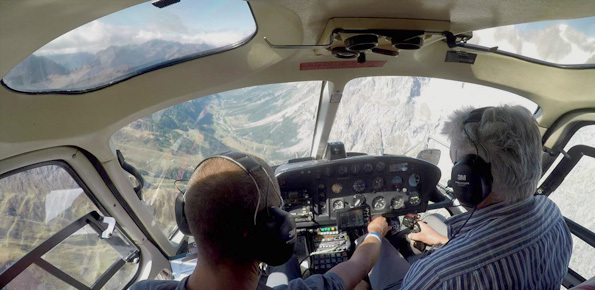
The LiDAR sensor available to the institute has recently turned seven years since the first survey executed on November 2, 2011, in the aftermath of the flood event that affected large areas of the Liguria Region, northern Italy.
The system consists of a laser head RIEGL LMS-Q680i, a medium format camera Hasselblad H3DII-39Mpixel f=50mm, an IMU IGI 256Khz, and a GNSS system Novatel-OEM4, and has since operated on many Italian areas thanks to its configuration with external POD DART that allows its installation on the most widespread type of helicopter in Italy, the Eurocopter AS350-355 (single engine)/355 (twin engine) Version B1/B2/B3/B3 Plus.
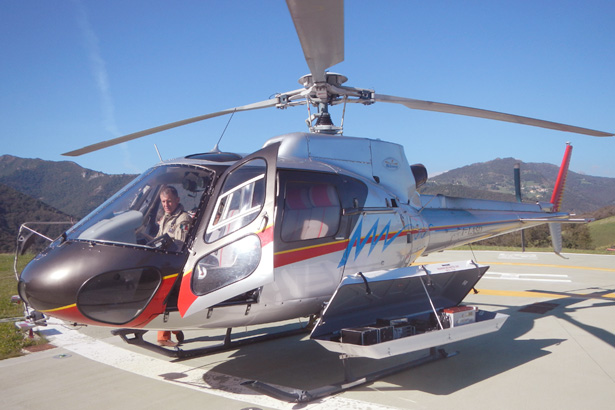
Fig. 1: LiDAR external POD (DART) installed on EUROCOPTER AS350 B3.
To minimize the costs of moving the sensor towards the areas of investigation, the instrumentation is moved by land to the nearest air base with a specially equipped trolley.
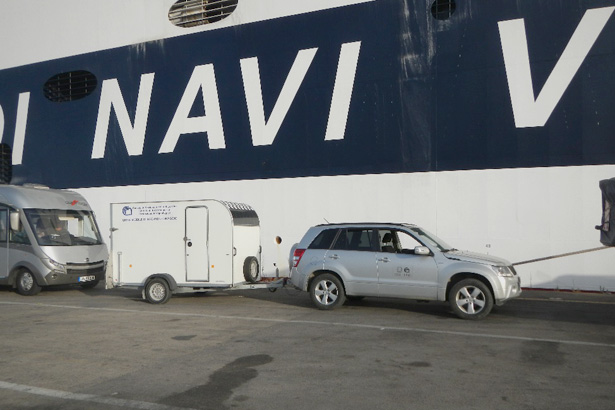
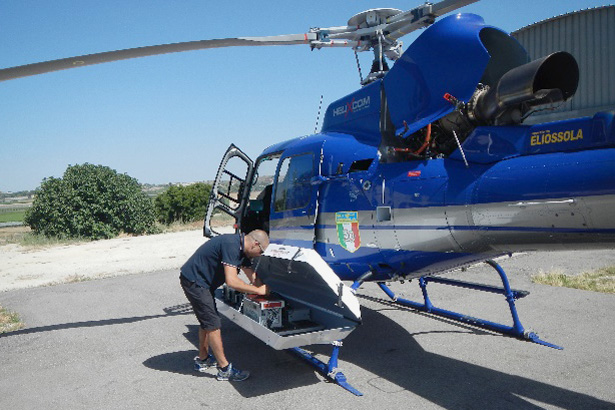
Fig. 2,3: Sea boarding of the carrier and sensor installation over Eliossola AS350 B3 in Caltanisetta, Sicily, southern Italy.
The equipment is then installed and uninstalled by technicians of the Institute under the supervision of the staff of the company that owns the aircraft, which, at the end of the operations, issues an EASA FORM1 bulletin certifying that the instrumentation was installed or uninstalled according to the specifications prescribed for the system. The installation, standardized by type of aircraft, involves the wiring of the sensors inside the cockpit of the helicopter, and the installation of three monitors for management and navigation and the positioning of the GNSS antenna on the tail plane.
Results
Since the first flight on November 2nd, 2011, the system has operated in various parts of Italy on behalf of CNR IRPI, and under contract with regional and local authorities, for the detection and mapping of landslides and in the post-emergency phase following floods and earthquakes. Since its first flight, 43 missions were executed mapping 2550 km2 of territory, in 120 flight hours.
During the activities, the largest area (530 km2) was surveyed on behalf of the National Institute of Geophysics and Volcanology (http://www.ingv.it/en/) in the areas of the Abruzzo Apennines affected by the 2009 earthquakes.
Among the most investigated areas is the Mont de la Saxe landslide (AO) – 4 surveys with CNR instruments – and the Orco torrent (TO) – 5 LiDAR surveys.
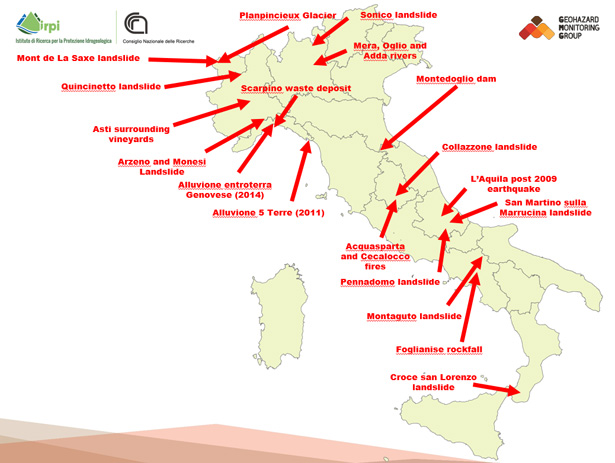
Fig. 4: Location of the areas flown in Italy.
The system is a CNR “large instrumentation” and due to the maintenance and management complexity, during its operating life it requires periodic verification and calibration of the various components (e.g., laser head, inertial systems), and the updating of software / firmware to ensure a constant operational efficiency.
Lastly, during 2016-2017, in order to conform the system compatibility against the EASA (European Aviation Safety Agency) regulations; the GMG group of the CNR IRPI completed a system compatibility design over the EUROCOPTER AS350 Heliwest fleet (society with the largest presence of aircraft in Italy) through a DoA (Design Organization Approvals).
The activity presupposed the POD conforming by spreading shielding paint; additional shielding of all wiring; several EMI (electromagnetic Interference) tests and the design and realizazion of new housing plates for the GPS antenna on the tail rudder and for the FMS (Flight Management System) screens.



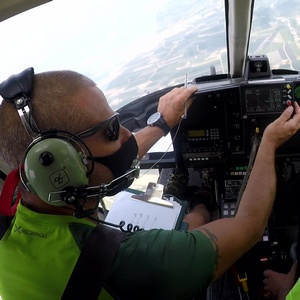 Contact person: marco baldo -
Contact person: marco baldo -